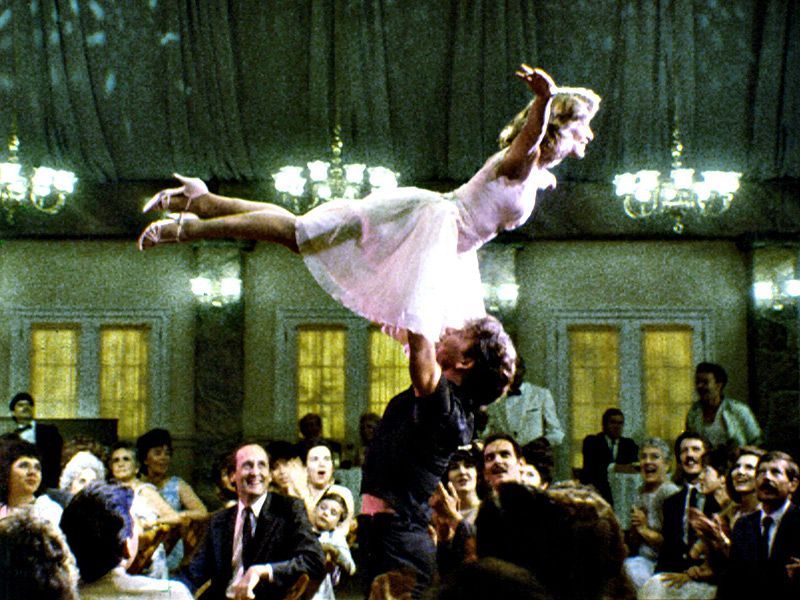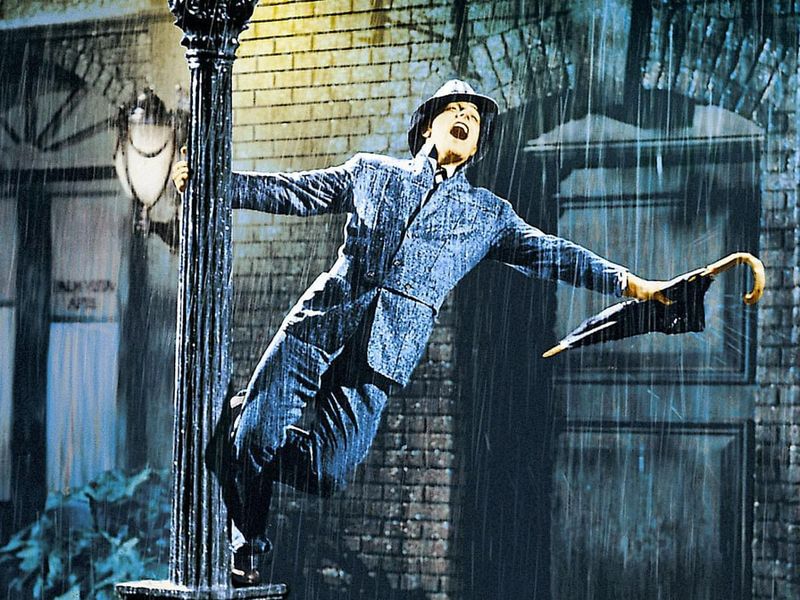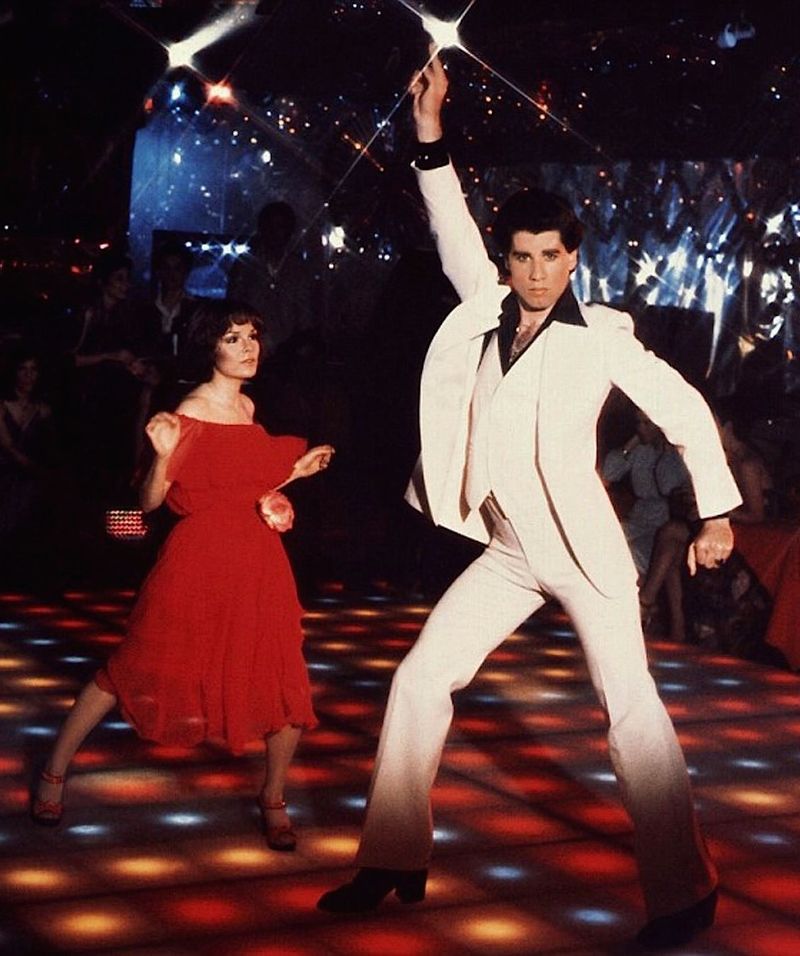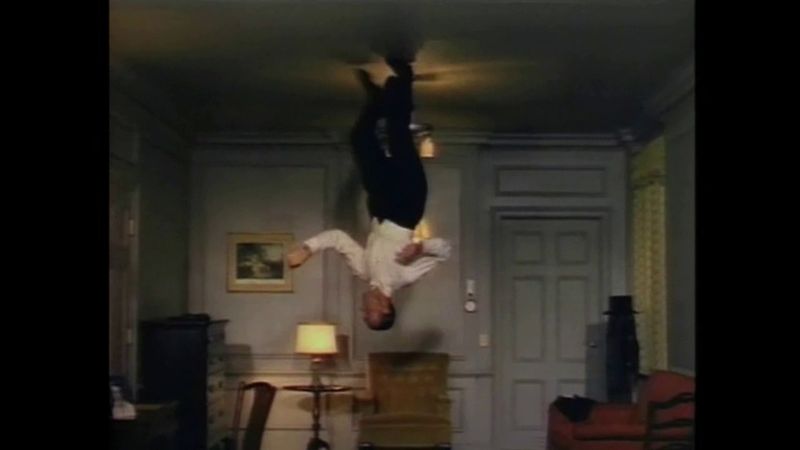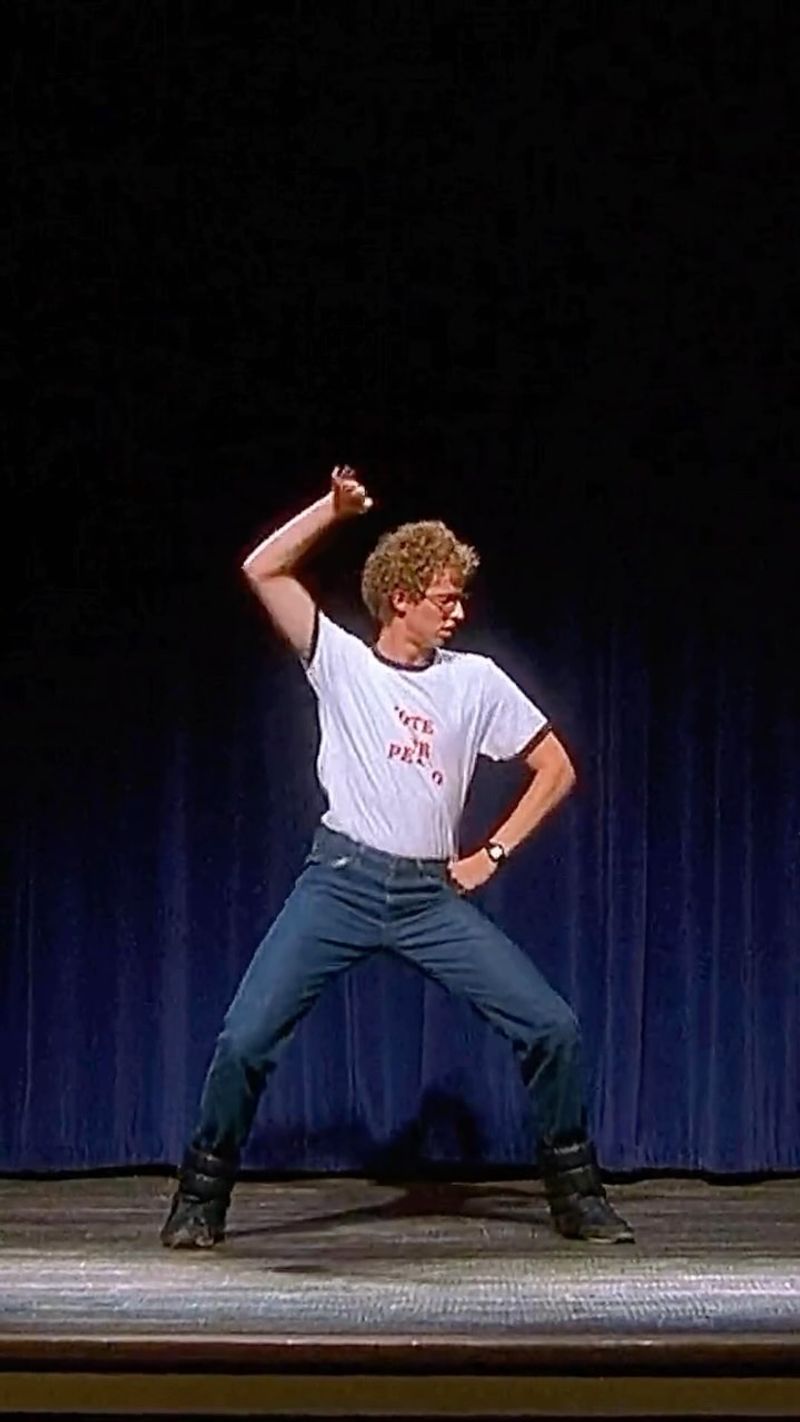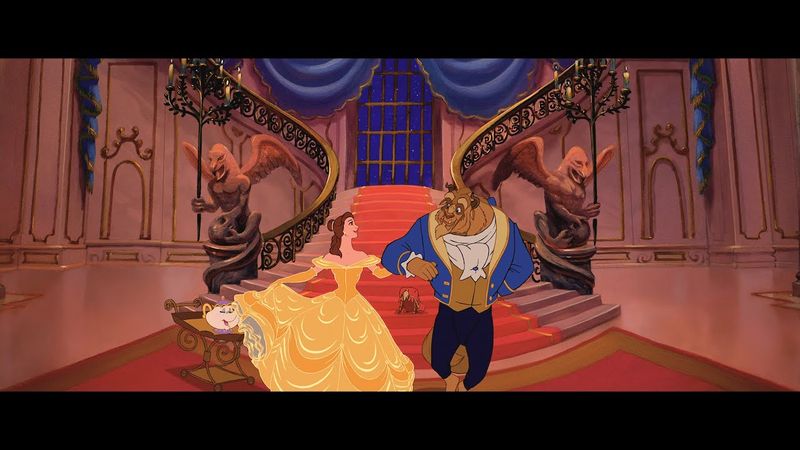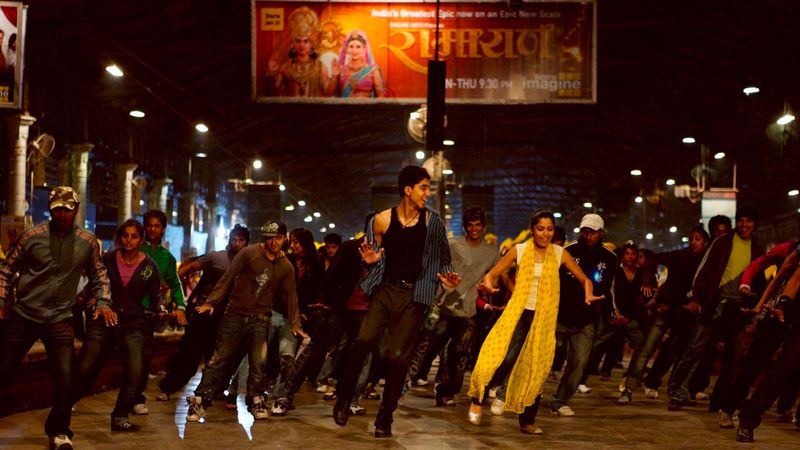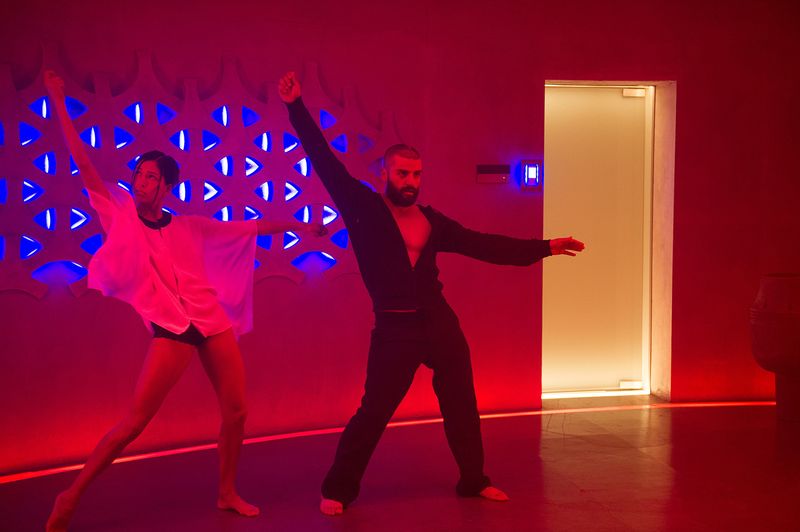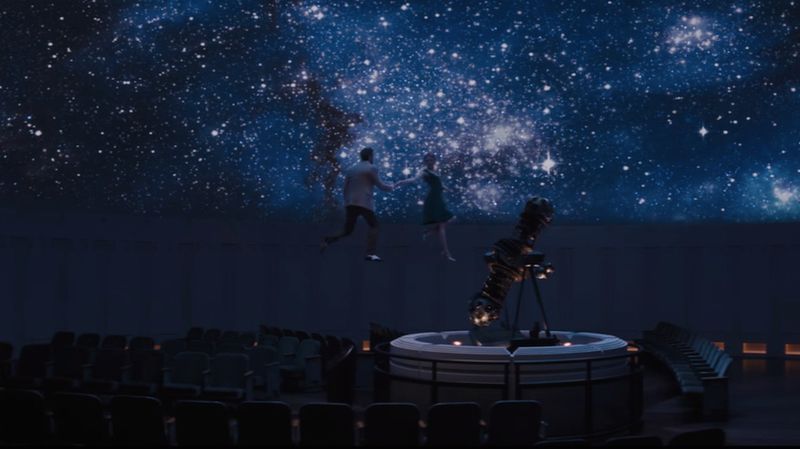Movies have given us some truly magical moments where dance tells a story better than words ever could. From toe-tapping musicals to unexpected dance breaks in action films, these scenes stay with us long after the credits roll. The perfect combination of music, choreography, and raw emotion can create cinematic magic that defines not just the film but entire eras of pop culture.
1. Dirty Dancing’s Iconic Lift
Nobody puts Baby in a corner! The final dance between Johnny and Baby remains one of cinema’s most recreated moments. Patrick Swayze and Jennifer Grey’s chemistry explodes during this culminating performance.
Set to “(I’ve Had) The Time of My Life,” the sequence showcases Baby’s transformation from awkward beginner to confident dancer. The legendary lift—where Baby runs and jumps into Johnny’s arms—has become a cultural touchstone.
What makes this scene extraordinary isn’t just the dancing but the story of personal growth it represents. Countless couples have attempted (often disastrously) to recreate this move at weddings and parties since 1987.
2. Pulp Fiction’s Twist Contest
Quentin Tarantino transformed a simple dance into cinematic gold when Vincent Vega and Mia Wallace hit the floor at Jack Rabbit Slim’s. John Travolta, reclaiming his dance icon status years after Saturday Night Fever, brought a cool restraint that perfectly matched Uma Thurman’s barefoot enthusiasm.
Dancing to Chuck Berry’s “You Never Can Tell,” their moves blend 60s twist with surreal stillness. The scene works brilliantly because it creates tension—we know Vincent is out with his boss’s wife and that dangerous consequences might follow.
This unexpected dance break in the middle of a crime film rejuvenated Travolta’s career and became an instant pop culture reference point.
3. Gene Kelly Singing in the Rain
Pure joy captured on film! Gene Kelly splashes through puddles with childlike abandon while performing the title number from this beloved 1952 musical. The legend goes that Kelly filmed this sequence with a 103-degree fever, making his effortless performance even more remarkable.
Kelly choreographed the routine himself, turning ordinary rain into a playground for his incredible talents. His tap dancing skills shine as water sprays with each precise step, creating visual percussion that complements the music perfectly.
The lamppost embrace, umbrella twirling, and splashing through gutters combine technical brilliance with playful storytelling. This scene represents the golden age of Hollywood musicals at its finest.
4. Saturday Night Fever’s Disco Showcase
John Travolta struts down a Brooklyn street in a red-lined white suit, and cinema history was made. When Tony Manero takes over the 2001 Odyssey disco floor to the Bee Gees’ “You Should Be Dancing,” it captures an entire cultural moment.
The camera worships Travolta as he commands the space with precise movements that blend confidence with vulnerability. His solo dance showcases both technical skill and raw emotion—this working-class hero finds freedom only on the dance floor.
Director John Badham filmed Travolta from below to emphasize his godlike status in this world. The scene crystallized disco culture for generations and cemented Travolta’s status as a cultural icon of the 1970s.
5. Black Swan’s Haunting Finale
Natalie Portman’s transformation into the Black Swan represents dance as psychological horror. The culmination of Nina’s descent into madness plays out through ballet, with Portman’s fragile white swan metamorphosing into something dark and dangerous.
Director Darren Aronofsky uses dance to externalize internal struggle, with each pirouette revealing more of Nina’s fractured psyche. Tchaikovsky’s iconic music builds to a crescendo as reality and delusion blur completely.
Portman trained rigorously for a year to perform portions of this demanding choreography. Her Oscar-winning performance shows how dance can express psychological states that words cannot capture, creating one of cinema’s most disturbing yet beautiful dance sequences.
6. Fred Astaire Dancing on the Ceiling
Fred Astaire defied gravity decades before special effects became commonplace. In 1951’s “Royal Wedding,” Astaire dances up the walls and across the ceiling of his hotel room, creating an illusion so perfect it still amazes viewers today.
The technical marvel behind this scene involved a rotating room built inside a giant cylinder. As the room turned, Astaire had to dance with perfect timing while the camera remained fixed, creating the illusion that he was defying physics.
What makes this sequence extraordinary is how effortless Astaire makes it seem. Despite the immense physical challenge, his movements remain elegant and joyful, showcasing why he remains the gold standard for dance on film.
7. Napoleon Dynamite’s Talent Show Surprise
Awkwardness transformed into triumph! Jon Heder’s gangly, socially inept Napoleon saves the day with an unexpectedly amazing dance routine. Set to Jamiroquai’s “Canned Heat,” this routine combines moonwalking, robot moves, and unhinged freestyle with deadpan commitment.
The brilliance lies in the contrast—after watching Napoleon struggle throughout the film, his hidden talent shocks both the audience in the film and viewers at home. Director Jared Hess wisely films the sequence in long takes, proving Heder actually performed these impressive moves himself.
The scene works because it subverts expectations while remaining true to the character. Napoleon doesn’t suddenly become cool—he’s still completely himself, but for three minutes, his uniqueness becomes his superpower.
8. West Side Story’s Rooftop Rumble
Gang warfare transformed into balletic expression! The Jets and Sharks face off on a New York rooftop in this revolutionary scene that changed how dance functioned in film. Jerome Robbins’ choreography blends ballet, jazz, and Latin influences to create a language of movement that tells the story of territorial rivalry.
The dancers leap across the urban landscape with athletic prowess, their snapping fingers and aggressive posturing communicating more than dialogue ever could. Leonard Bernstein’s music pulses with tension, driving the narrative forward through movement alone.
This scene from the 1961 film adaptation broke new ground by using dance not as a decorative element but as essential storytelling. The dance itself becomes the conflict, with bodies expressing what words cannot.
9. Flashdance’s Water Audition
Jennifer Beals (with dance double Marine Jahan) created the ultimate dance audition fantasy in this 1983 film. Alex Owens, a welder by day and dancer by night, pours her heart into a routine that combines modern dance, ballet, and gymnastics, culminating in that legendary water shower moment.
The sequence cuts rapidly between moves, creating energy that perfectly matches Giorgio Moroder’s pulsing soundtrack. Alex’s dance represents both vulnerability and strength—she’s terrified but performs with absolute commitment, making her triumph all the sweeter.
Beyond inspiring countless dance students, this scene sparked fashion trends with its leg warmers and off-shoulder sweatshirts. The backward chair sequence became particularly iconic, copied everywhere from music videos to talent shows.
10. Beauty and the Beast’s Ballroom Waltz
Animation achieved romantic perfection when Belle and the Beast glided across the ballroom floor in this Disney masterpiece. The golden ballroom itself becomes a character, with its chandelier-lit grandeur captured through revolutionary computer-assisted camerawork that allowed for sweeping movements impossible in traditional animation.
Angela Lansbury’s voice brings emotional depth to the title song as the unlikely couple finds connection through dance. The animators studied real dancers to capture the weight and movement of the characters, particularly challenging with the Beast’s unusual proportions.
This scene represented a turning point for animated films, showing they could create emotional moments rivaling live-action. The dance sequence helped the film become the first animated feature nominated for Best Picture at the Academy Awards.
11. Slumdog Millionaire’s Train Top Choreography
Bollywood meets global cinema in the joyous “Jai Ho” finale from Danny Boyle’s Oscar-winning film. The dance sequence erupts unexpectedly as the credits begin, with Dev Patel and Freida Pinto leading hundreds of dancers on a Mumbai train platform.
Choreographer Longinus Fernandes created movements that blend traditional Indian dance with contemporary styles. The camera moves through the crowd capturing both intricate hand gestures and expansive group formations that spread like waves through the colorful ensemble.
A.R. Rahman’s pulsing soundtrack drives the celebration forward as the dance spills onto train tops. This scene introduced many Western viewers to the exuberance of Bollywood dance while serving as the perfect release after the film’s emotional journey.
12. Ex Machina’s Disco Breakdown
Science fiction meets absurdist dance in this unexpected scene that has become a viral sensation. Oscar Isaac’s tech billionaire Nathan and his silent assistant Kyoko suddenly break into perfectly synchronized choreography to Oliver Cheatham’s “Get Down Saturday Night” in the middle of this otherwise tense psychological thriller.
The sequence works brilliantly because it’s so jarring—Nathan’s unhinged dancing reveals his god complex and unpredictability. The red lighting and underground bunker setting create an almost hellish disco that emphasizes the character’s isolation and distorted reality.
Director Alex Garland uses this dance break to disrupt audience expectations about what kind of film they’re watching. The scene has spawned countless memes and GIFs, becoming more famous than the movie itself in some circles.
13. La La Land’s Griffith Observatory Fantasy
Ryan Gosling and Emma Stone literally dance among the stars in this magical sequence from Damien Chazelle’s modern musical. After visiting the Griffith Observatory, the couple floats upward into the planetarium dome, their silhouettes waltzing against a cosmic backdrop.
Choreographer Mandy Moore created movements that blend classic Hollywood grace with contemporary naturalism. The camera follows them in extended takes as they defy gravity, twirling through a starlit wonderland that visualizes their falling in love.
Justin Hurwitz’s sweeping score “Mia and Sebastian’s Theme” provides the emotional foundation for this wordless storytelling. The scene pays homage to classic musicals like “Singin’ in the Rain” while creating something uniquely modern—a perfect metaphor for the film’s balance of nostalgia and innovation.
14. Footloose’s Warehouse Release
Kevin Bacon channels teenage frustration into explosive movement in this legendary solo dance. After facing the constraints of a town that has banned dancing, his character Ren McCormack finds an abandoned warehouse where he can finally express himself through movement.
Director Herbert Ross captures Bacon’s athletic performance with dynamic camera work that emphasizes the physical release. Alternating between gymnastics, martial arts kicks, and pure abandonment, Bacon’s dance becomes a perfect visual representation of adolescent rebellion.
Kenny Loggins’ title track provides the driving force behind this cathartic explosion of energy. While body doubles helped with some of the more complex gymnastics, Bacon performed about 90% of the sequence himself after training extensively for the role.
15. White Nights’ Ballet-Tap Fusion
Two dance legends collide when Mikhail Baryshnikov and Gregory Hines share the studio floor in this 1985 Cold War drama. Real-life ballet star Baryshnikov and tap master Hines create a conversation between dance forms that showcases their contrasting styles and mutual respect.
The improvised quality makes this scene feel authentic—we’re watching two masters challenging each other to reach new heights. Director Taylor Hackford wisely keeps the camera pulled back to capture full-body movements, allowing viewers to appreciate the technical brilliance of both performers.
What begins as competition evolves into collaboration as classical ballet and American tap find common ground. Few dance scenes in film history feature this level of genuine virtuosity, as both men were at the peak of their abilities during filming.

